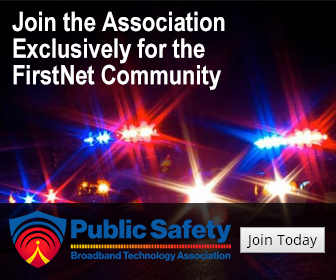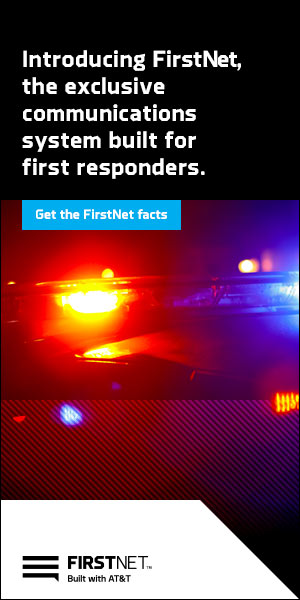More than 80% of calls to 911 come from a cellphone and often from a high-rise. But in cases when callers can’t communicate their location, the over 5,000 locally run 911 centers, or public safety answering points (PSAP) aren’t easily able to track them. Fixing the system could save more than 10,000 lives and $97 billion per year according to the FCC. Major companies like Apple, Google, Motorola and startups like RapidSOS have tried to fill the technology gap, but so far, that’s not enough. Watch the video to understand the conundrum of a large and fragmented national system that is run and funded locally, and how the federal government may be its only hope for a complete overhaul… READ MORE
Public Sector Grants Announcements
WEBINARS
Protecting 4.9 GHz for Public Safety
Learn about current efforts to continue to protect the 4.9 GHz Band for public safety as well as recent filings, key decisions impacting these efforts, and how you can support PSSA’s initiative to protect the 4.9 GHz band for public safety.Recent Posts
- When Communications are Critical, Marketing Won’t Save You
- RiverCom Buys Wenatchee Site for New 911 Center | Columbia Basin (WA)
- Repeated ‘deficiencies’ push Box Elder County first responders to switch dispatch centers (UT)
- Polk County celebrates opening of new E-911 Communication Center (NC)
- Jacksonville police update 911 dispatch policy following officer-involved shooting (FL)


